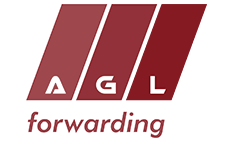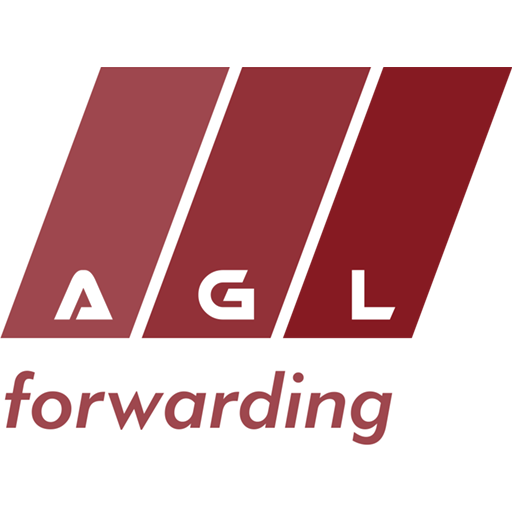
Container Transportation
Container transportation stands out in the shipping sector, especially in international transportation. The increase in cargo varieties and transportation demands worldwide has given rise to various innovations. Containers have come to the forefront at this point, helping transport a wide range of cargo to even the most remote locations with ease.
Cargo transportation with containers has been around for many years. The first use of a container in transportation was in 1795 in England. Since then, it has been used in maritime and railway transportation and has become usable on the road up to today. It is still successfully used worldwide.
Container transportation, in its simplest form, refers to shipping using boxes called containers. Containers are produced according to international standards, but different types of containers are available. Therefore, container selection can be made according to the type and amount of your cargo.
Container transportation is a type of shipping model that can be used in conjunction with road, sea, air, and rail transportation. Containers can carry the same product groups, and different product groups can also be transported within the same container.
Advantages of Container Transportation
Container transportation is a transportation model that stands out for its durability and security. A cargo loaded into a container can be moved without being opened repeatedly. It can be easily filled and emptied.
The main advantages can be listed as follows:
- With the use of containers in maritime transportation, waiting times for ships in ports are shortened. This results in significant cost advantages, and ports can be used more actively.
- Containers are made of very strong and durable materials. This way, the cargo inside is protected from external factors and stays safe.
- With container transportation, it is possible to transport different types of cargo in the same place. Transporting different cargo together helps save space.
- In container transportation, full container transportation and partial transportation models can be preferred. In Full Container Load (FCL) transportation, cargo belonging to the same company is packed into a container alone. In Less than Container Load (LCL) transportation, different products from different companies can be packed into the same container.
- In container transportation, cargo can be loaded in a single operation and transported without being opened repeatedly. This saves time from stacking, prevents cargo damage, and avoids the prolongation of processes.
- Containers are large enough boxes. Therefore, loading and unloading operations can be performed more comfortably and safely. As a result, loading and unloading operations can be carried out in the fastest possible way.
Types of Containers Used in Container Transportation
Container transportation has a wide range of applications, and the availability of different types of containers plays a significant role in this. The main types of containers and their details are as follows:
General Purpose Containers
General purpose containers, which are widely used in maritime transportation, do not have a specific transportation method. They are made of standard steel material. These containers, which are produced with all surfaces closed, have doors at the front and back and can be used for any cargo transportation that can pass through these doors and does not require special conditions. They can come in different volumes.
Refrigerated Containers
A special refrigeration unit is placed inside these containers, and the interior of the container can be maintained at the desired temperature. Products prone to spoilage are transported in refrigerated containers, and refrigerated transportation is carried out with refrigerated container transportation. This type of container stands out for the transportation of fresh vegetables, fruits, medicines, medical products, and frozen food.
Open Top Containers
These containers have a fully openable top wall and front door design for goods that cannot fit through the container door.
Flat Rack Containers
These are containers without a roof and side walls. They are preferred for the transportation of bulky goods and goods that do not fit in general-purpose containers. They are used for production machines, construction machines, generators, and similar goods.
Platform Containers
Platform containers are preferred for voluminous goods such as boats, minibuses, and yachts, and they have no side walls or roof.
Tank Containers
This type of container is mainly used for transporting liquid goods. A tank suitable for liquid transportation is placed inside the container, which stands out in the chemical and food sectors.
Bulk Containers
These are mostly used for the transportation of agricultural products. Products such as barley, wheat, and legumes can be easily loaded and unloaded. Special loading hatches and discharge hatches are located on the top.
Professional Container Transportation Company
Container transportation requires professionalism. At the same time, it is necessary to have containers suitable for the needs. Our company, with its years of knowledge and experience, achieves the most successful results in container transportation and responds to customer needs in the best possible way. Your cargo is safely delivered to the end recipients with all types of containers.












